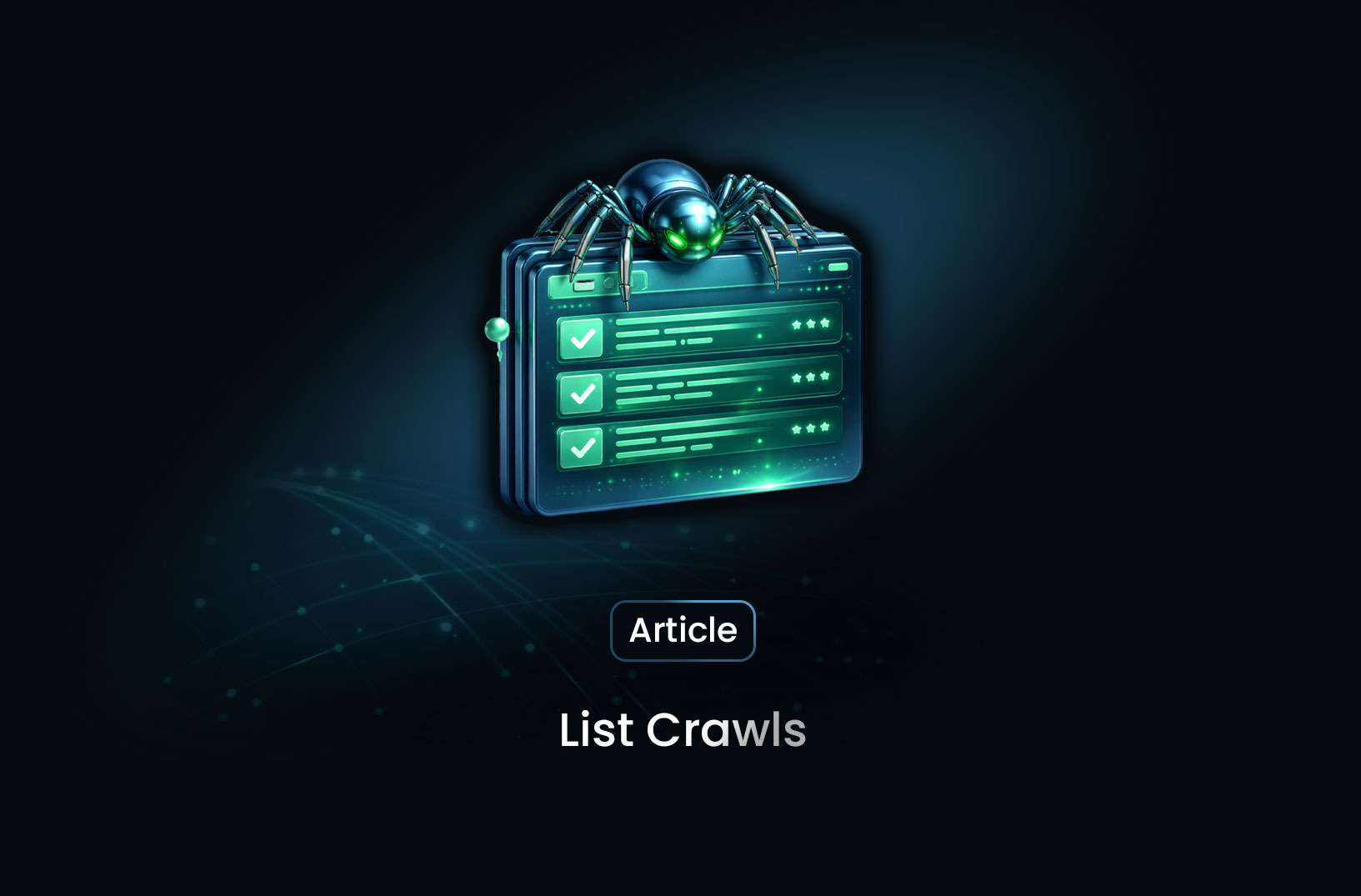
Data Automation: Streamlining Workflows for Efficiency and Scalability
EngineeringDiscover how data automation with Python, SQL, and AI tools like Mrscraper improves workflow efficiency and scales data processes, from collection to visualization.
In today’s data-driven world, organizations increasingly rely on technology to collect, process, and analyze vast amounts of data. Data automation plays a critical role in automating these workflows, reducing the need for manual intervention, and enhancing overall operational efficiency. By leveraging programming languages such as Python, SQL, and JavaScript, and automation tools like Apache Airflow or Talend, companies can optimize their data pipelines for continuous data collection, transformation, and reporting.
In this article, we’ll take a closer look at the technical aspects of data automation, the role programming languages play, and how organizations can integrate automation to stay competitive.
Programming Languages for Data Automation
Data automation depends heavily on robust programming languages, each serving a unique role in the pipeline. The following languages are commonly used for different stages of the process:
- Python: Widely used for data extraction, transformation, and loading (ETL). Python’s vast libraries like Pandas and Requests make it ideal for automating API calls, data cleaning, and analytics tasks.
- SQL: Essential for managing and querying databases. SQL automates data retrieval and integration into data warehouses or applications. SQL scripts can be used to schedule automatic updates and reporting within database systems.
- JavaScript: Often used in combination with web scraping to interact with client-side scripts. JavaScript, along with Node.js, helps automate the extraction of data from websites using frameworks like Puppeteer.
- Shell Scripting: Languages like Bash or PowerShell are often used for automating file handling, scheduling batch jobs, or moving files between servers and systems.
How Data Automation Works
Here’s a breakdown of how data automation is implemented using these programming languages and tools.
1. Data Ingestion
Data ingestion can be automated by fetching data from APIs, databases, or scraping websites. Python, with its libraries like Requests and BeautifulSoup, is a common choice for these tasks. JavaScript is also used when client-side interaction is necessary for scraping.
import requests
def fetch_data_from_api(endpoint):
response = requests.get(endpoint)
return response.json() if response.status_code == 200 else None
data = fetch_data_from_api('https://api.example.com/data')
In this Python example, data is fetched from an API and returned in JSON format, automating the ingestion process.
2. Data Transformation
Once data is ingested, it needs to be cleaned and standardized. Python’s Pandas library is a popular choice for automating data transformation processes, including handling missing values, converting data types, and filtering data.
import pandas as pd
def clean_data(df):
df['date'] = pd.to_datetime(df['date'])
df.fillna(0, inplace=True) # Replace missing values
return df
dataframe = pd.DataFrame(data)
cleaned_df = clean_data(dataframe)
In this Python script, we automate the cleaning of data, ensuring it's ready for analysis.
3. Data Loading
Once cleaned, data can be automatically loaded into a database or data warehouse using SQL or scripting languages. SQL is crucial in automating queries and updates in relational databases.
INSERT INTO sales_data (date, value)
VALUES ('2024-01-01', 1000);
SQL statements like this one automate the insertion of data into databases, ensuring the data is available for reporting and analytics.
4. Data Visualization
Automating the visualization of data can be achieved with libraries like Matplotlib or Seaborn in Python, or enterprise tools like Tableau and Power BI. Once data is loaded and transformed, scripts can automatically generate reports and dashboards.
import matplotlib.pyplot as plt
def plot_data(df):
plt.plot(df['date'], df['sales'])
plt.xlabel('Date')
plt.ylabel('Sales')
plt.title('Sales Over Time')
plt.savefig('sales_plot.png')
plot_data(cleaned_df)
Automated data visualization helps teams see trends and make data-driven decisions in real time.
Benefits of Data Automation
- Efficiency: Automation reduces manual intervention and speeds up data processes, from collection to reporting.
- Scalability: Automated pipelines handle larger data volumes without increasing overhead or human effort.
- Accuracy: Automation minimizes the risk of human error, ensuring that data is processed consistently and reliably.
- Real-Time Insights: Automated systems can process data in real time, ensuring that reports and visualizations are always up to date.
Popular Tools for Data Automation
- Apache Airflow: A powerful tool for scheduling and monitoring workflows. Python-based, Airflow is used to build automated pipelines for data ingestion, transformation, and loading.
- Pandas: A must-have Python library for automating data analysis, transformation, and manipulation.
- Apache NiFi: A data integration tool that automates the flow of data across systems, supporting real-time data processing.
- Power BI/Tableau: Widely used for automating the visualization of data and generating reports and dashboards for business insights.
Best Practices for Implementing Data Automation
- Modular Design: Break down your automation process into independent modules (e.g., ingestion, transformation, reporting), allowing for easier debugging and updates.
- Error Handling: Always include error handling mechanisms to deal with unexpected data issues or service outages.
- Monitoring and Logging: Use monitoring tools like Prometheus or Airflow’s built-in logging to track the health of your data automation pipelines.
- Data Quality Assurance: Implement automated data validation steps to ensure the accuracy and integrity of the data flowing through your pipeline.
Data Automation in Web Scraping with AI
A great use case of data automation is in web scraping, where AI can significantly enhance efficiency and accuracy.Mrscraper, a platform that uses AI to automate web scraping, allows users to easily scrape data from websites without requiring deep technical knowledge.
Mrscraper's ScrapeGPT technology automates the entire scraping process:
- Users submit a URL and an AI prompt.
- The system automatically scrapes the data, even from complex sites that rely on JavaScript or dynamic content.
- The data is returned in structured formats such as JSON for easy integration with data pipelines.
By automating web scraping with AI, Mrscraper saves users countless hours of manual data collection and processing, making it an invaluable tool for both technical and non-technical users.
Conclusion
Data automation empowers organizations to handle data workflows more efficiently, reducing errors and increasing scalability. By leveraging programming languages like Python, SQL, and JavaScript, and integrating advanced tools like Apache Airflow and Pandas, businesses can automate the entire data pipeline—from ingestion to visualization.
Additionally, with platforms like Mrscraper, AI-driven web scraping makes data automation even more accessible, enabling seamless data extraction from websites without manual effort. Whether it's for internal reporting, marketing analytics, or competitive research, data automation offers significant value to modern organizations.
Find more insights here

Data List Crawls as the Foundation of Data-Driven Decision Making
Data list crawls provide structured, real-time data that helps businesses support accurate, scalable...

How Businesses Use Data Marketplace Platforms in 2026
How businesses use data marketplace platforms in 2026 to access high-quality data, gain insights, re...

Web Scraping with C#: A Comprehensive Guide for Developers
A practical guide to web scraping with C# and .NET, covering HttpClient, HtmlAgilityPack, data extra...
